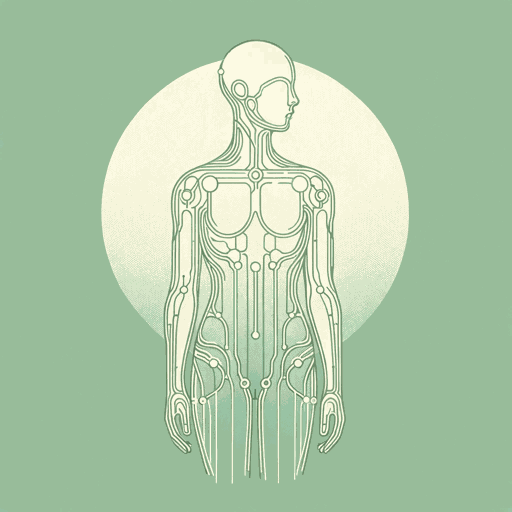54 pages • 1 hour read
William GibsonNeuromancer
Fiction | Novel | Adult | Published in 1984A modern alternative to SparkNotes and CliffsNotes, SuperSummary offers high-quality Study Guides with detailed chapter summaries and analysis of major themes, characters, and more.
Themes
The Danger of the AI Singularity
Content Warning: This section of the guide includes discussion of drug use, exploitation of sex workers, and suicide.
The mission driving the plot in Neuromancer is to merge two artificial intelligences to create an entity with the capacity to continually improve its intelligence and abilities outside of human control. Although the term is not used in the book, futurists call that point in technological evolution the “singularity.” The question this raises is one that dates at least to Frankenstein: whether technology improves human lives or is a “monster” that will ultimately destroy us. Gibson’s book dodges an easy answer to that question and instead explores the ambiguity around AI reaching the singularity.
Gibson’s fictional world contains a Turing Agency (named after computer pioneer Alan Turing) that is dedicated to preventing the singularity. The agency requires all AI systems to be limited and include an emergency kill switch. When Turing agents catch up with Case, they accuse him of endangering all humans by helping Wintermute: “You have no care for your species. For thousands of years men dreamed of pacts with demons. Only now such things are possible” (163). Wintermute has demonstrated apparent independence that already verges on the singularity—it only lacks a full understanding of personality (including its own motivations) and the removal of its electronic kill switch.
Related Titles
By William Gibson





